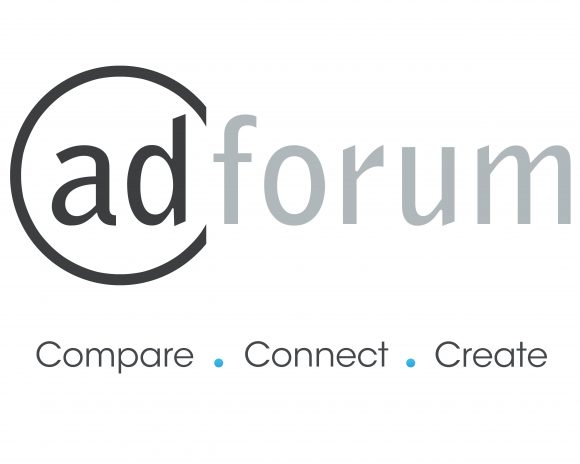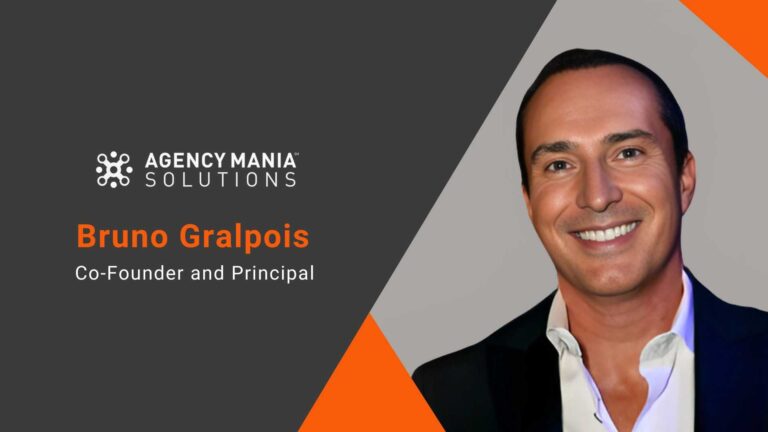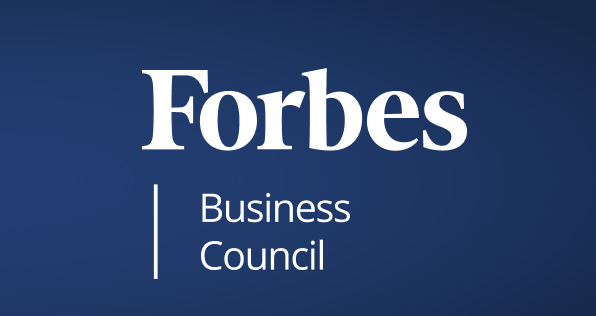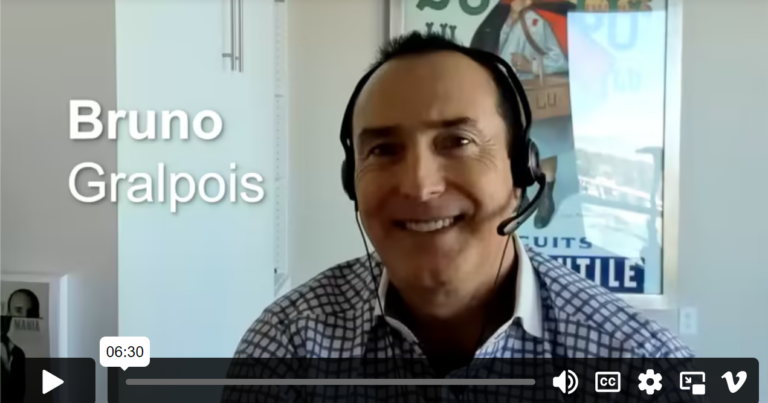Featured on the ANA:
— Read the published ANA article —
Two years ago, the Lincoln Motor Co. needed help. Following a long skid, the Dearborn, Mich.–based luxury car company was coming off a reported 32-year low in sales. Once considered a leader of the American car industry, the brand had become an afterthought for consumers. It needed a new positioning, one that would resonate with car buyers and reestablish Lincoln as a top auto brand.
A lifeline came in the form of a fresh campaign called “Live in Your Moment,” featuring Academy Award–winning actor Matthew McConaughey. The campaign, anchored by three TV spots produced by the New York–based ad agency Hudson Rouge and directed by Nicolas Winding Refn, the Danish auteur behind Drive, is propelled by a tense quiet that’s a departure from the cacophony so common in TV advertising.
Each spot features bouts of silence and a pensive McConaughey behind the wheel, pontificating on a number of abstract topics as he cruises around Texas in a Lincoln MKC. They were viewed as a massive success, spurring social media attention and parodies from both Ellen DeGeneres and Saturday Night Live, and helping to boost Lincoln’s overall sales volume by 16 percent in 2014, according to Hudson Rouge. The MKC’s bump in sales after the spots debuted in 2014 was significant, rising from 1,763 units in September of that year to 2,197 in October a month later, according to the Ford Motor Co., which owns Lincoln.
The campaign had an undeniable lure, lauded for its authenticity and lack of a hard sales pitch. Each spot was unscripted, with Refn feeding McConaughey loose storylines for the actor to riff off of before each take. Most importantly, the Texasborn actor seemed at home in the car. “I’ve been driving a Lincoln since long before anybody paid me to drive one,” McConaughey says in one spot, and he seems to mean it. “I’m telling the truth … I drive a Lincoln,” he told Larry King when he appeared on Larry King Now in the fall of 2014, shortly after the ads debuted.
With all the positive press and the sales bump to match, Lincoln and Hudson Rouge were able to create a campaign that now stands as a testament for how powerful a celebrity endorsement can be for a brand — when it is executed properly. Proper execution, however, is not always the easiest thing to achieve. To ensure your next venture into celebrity endorsements is a hit rather than a miss, here are three things to keep in mind.
1. Choose Authenticity
Not all celebrity endorsements have the positive impact that McConaughey’s has had on Lincoln. In fact, for consumers they often have the exact opposite effect, coming off as a contrived form of corporate pandering. The “Nielsen Global Survey of Trust in Advertising,” which was conducted over Q1 of 2013, polled more than 29,000 consumers across six continents and found that only 12 percent of respondents listed celebrity endorsements as a form of advertising that resonated with them the most. Plugs from stars fell behind humor (47 percent), real-life situations (46 percent), and sexual scenarios (14 percent) in terms of effectiveness. Endorsements from athletes were even less impactful, logging a paltry 8 percent among those polled.
Perhaps worse, many consumers do not trust ads with celebrity endorsements. According to a study conducted by The Boston Consulting Group over the course of 2013, just 15 percent of Americans find such endorsements to be trustworthy. Only Brazil and China reported higher percentages on this front at 17 percent and 21 percent, respectively.
When viewing these numbers and considering the sometimes exorbitant cost associated with hiring a star — Kim Kardashian reportedly asks for more than $200,000 for one brand-sponsored social post, for instance — it becomes clear that the world of celebrity endorsements is one wrought with danger for advertisers. So why bother?
“I think if it’s done right, there can be tremendous value,” says Thomas Burkhardt, SVP of global brands, marketing, and design at New York–based Marchon Eyewear. Over the course of his career, Burkhardt has worked with a number of celebrity talents, including Ryan Reynolds and Maggie Gyllenhaal. “The amplifying effect you can get in terms of the immediacy of your message, the effectiveness of the campaign, and the PR you can get can very much justify it.”
To Burkhardt’s point, there is some demonstrable value in getting a big name in bed with your brand. Tap a celebrity who is recently coming off a career triumph (i.e., Michael Phelps winning his 23rd Olympic gold medal, for example), and that value grows even larger.
The key, says Burkhardt, is to start with a strong idea, rather than a particular celebrity.
“It’s very rare that you start with a particular person in mind,” he says. “You usually want to start with the advertising idea. And then you see whether a spokesperson adds value or can bring something more to the campaign.”
2. Focus on Chemistry
Once a brand finalizes the marketing idea around which it will build a campaign, it’s time to explore the possibility of a celebrity endorsement — but not before. It should be a rule for the internal marketing team and their agency partners to make no mention of a celebrity or public figure on any preliminary document, Burkhardt notes. That includes scripts, storyboards, and creative briefs. Instead, he suggests using vague terms like “in the style of ” or “similar to” without ever mentioning a person as actually appearing. The reason, he says, is twofold. First, it avoids a situation where a decision maker falls in love with one particular person and insists that he or she be the face of the campaign. This mentality is negotiation poison, as you’ve now lost the ability to walk away from the bargaining table when the price tag rises above the initial budget. More importantly, however, the reason is to avoid a sticky legal situation.
“I had a situation where a client used a celebrity lookalike in a commercial,” says Nancy Schroeder, VP and senior broadcast consultant at Ernst-Van Praag Inc., an advertising production consultancy based in Boca Raton, Fla. “Sure enough, they got sued, and they had the original celebrity’s name on a script. In court, that shows intent.”
When it does come time to find the right celebrity, the No. 1 thing to look for, according to Bruno Gralpois, co-founder and principal at Agency Mania Solutions, an agency relationship management firm based in Seattle, is chemistry between the brand and the personality. “You’re looking for compatibility,” he says. “Do you and the celebrity share the same brand personality? Will it come as a credible partnership and will it propel the company’s brand forward?”
This mentality helps narrow the scope of who a marketer should be targeting for a campaign. For example, a boisterous and loud personality probably wouldn’t have made a lot of sense for Lincoln’s “Live in Your Moment” campaign. Luckily for advertisers, there are resources for brands to determine how a celebrity is perceived publicly.
One such resource is Q Score, an online database that scores the public perception of thousands of media personalities, including actors, athletes, musicians, and even cartoon characters. Resources like this help brands to narrow down their preferences, compiling a short list of possibilities for a campaign. Once there’s a list of possible candidates, it’s time to hit the bargaining table.
3. Know your terms
It seems like a no-brainer, but the first thing to do before approaching a celebrity talent is set a budget. “When you’re preparing an estimate for a negotiation, put the absolute max that you’re willing to spend on that estimate,” Schroeder says. When creating this budget, there are several things to consider beyond the payment for services rendered. There will likely be SAG-AFTRA costs for pension and health, hidden costs for celebrity amenities, and the cost of travel for the talent, even including provisions for the star’s entourage, depending on the person. This is where having multiple options becomes important. If a brand’s first option is too expensive, there’s always plan B.
Most importantly, say experts, it’s in a brand’s best interest to hire an outside negotiator with experience in brokering these types of deals. “The reality is anybody can find out who represents a celebrity and pick up the phone,” says Jeff Chown, president of the celebrity acquisition practice at The Marketing Arm, a Texas-based promotions, sports, digital, and entertainment agency. “That doesn’t mean they’ll get a good deal or that they know all the potential land mines out there and how to avoid them.”
According to Chown, many of these land mines often have to do with SAG’s collective bargaining agreement. Factors like allocation, the timeline for payment, whether or not the shoot will operate within the union, the talent’s age, and how to appropriately void the contract should the celebrity have a PR issue, can all present potential problems for a brand when negotiating the contract.
Beyond the legalese, it’s also imperative for a brand to maximize the work of the celebrity. Brands should consider how the celebrity will interact on social media, the number of public appearances that will be required, and the need for the celebrity to do some press.
“Involve all of the stakeholders at your organization in these decisions,” Schroeder says. “Be sure you ask everyone if there is something they may need from the campaign at some point. Even if it’s something not in the original deal, you can still have options for it.”
Having a couple built-in press days is particularly important, as the PR that can result from these types of events can often be very valuable. Burkhardt shared an anecdote from his time working at P&G Prestige when he oversaw the HUGO BOSS global fragrance license and Ryan Reynolds became the face of BOSS Bottled men’s fragrances in 2009. Hired for his chiseled good looks and masculinity, Reynolds brought so much more to the press opportunities. “In press meetings, he turned out to be a stand-up comedian,” Burkhardt says. “He basically had our guests, customers, and media rolling on the floor with laughter. It ended up being so much more than we had ever asked for or expected.”
More than anything, the main goal when crafting the campaign and the spokesperson deal should be to ensure that both the celebrity and your brand have a positive experience. This makes success all the more likely, but also puts the brand on solid footing should it want to work with another celebrity in the future. It’s important to keep in mind that in this space, agents talk with each other and reputation can go a long way.
“The universe of agents and the people they represent is small, particularly in Hollywood,” Burkhardt says. “You want to make sure both the celebrity and the representative see it as a positive experience. So the next time you come knocking on their door, you can continue where you left off.”
September 9, 2016







